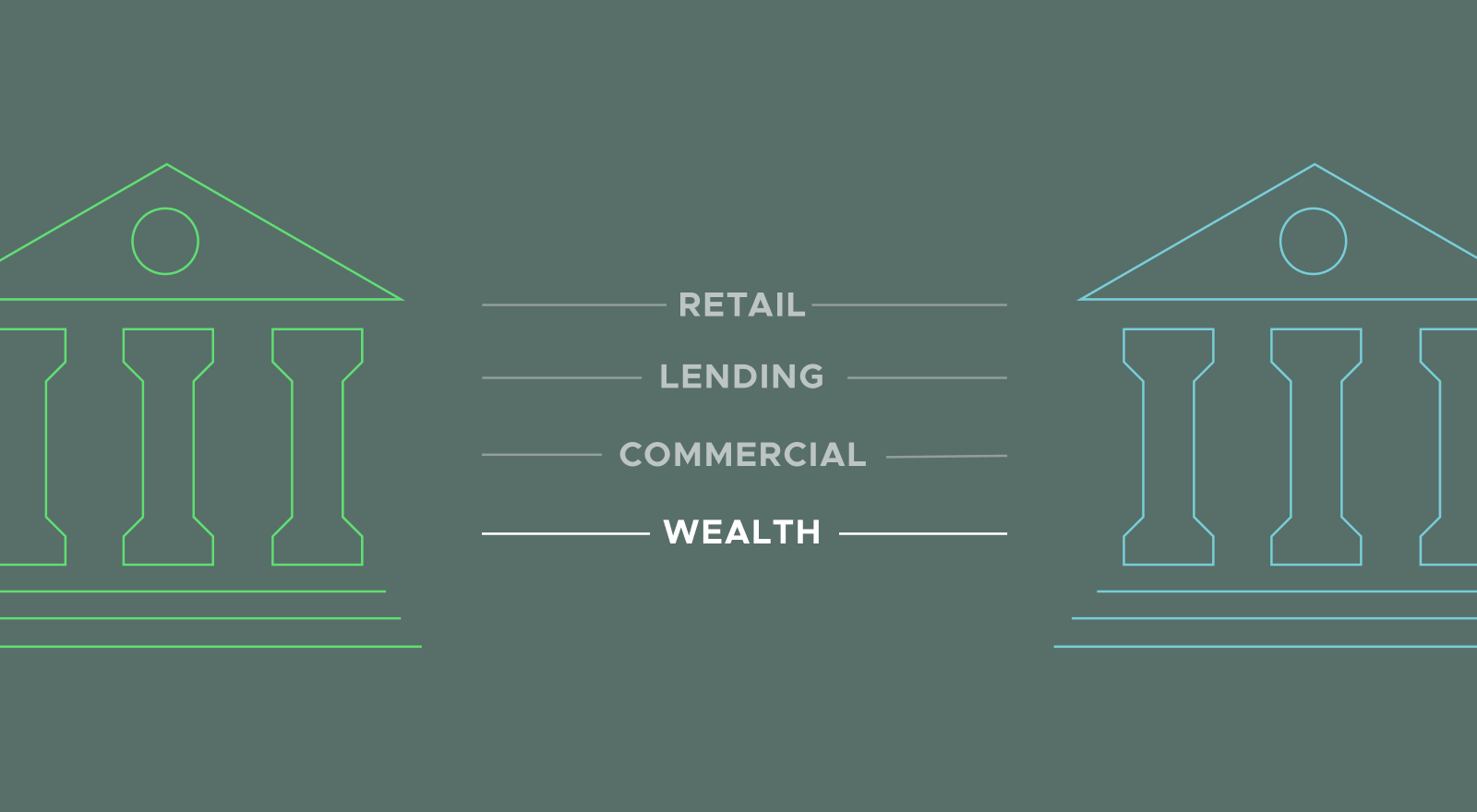
Broker dealers have reached an inflection point. Consolidation continues amidst mounting pressures. Change is critical for survival. As they compete with nimble, fast-growing RIAs for advisor talent and clients, they must decide how to build a compelling business model for the future. Typically, they have chosen to explore three routes:
- establishing all-in-one platforms and providing advisor choice on affiliation models
- creating their own corporate RIA
- acting like technology firms creating custodial platforms to embed within their platforms for better control over the client experience and a tighter integration with their own products and services, as well as the ability to monetize them.
All these options introduce complexities that will shape what the future holds for broker dealers and large wealth management firms.
The following is an output of a wide-ranging Q&A session we recently held with Managing Directors Jaci Stanton and Wade Spencer, who have extensive experience working with broker dealers and large wealth management firms.
Q: What does RIAs’ growth mean for broker dealers as well as custodians and private equity firms?
JS: The RIA space happens to be the fastest growing area in the industry and has the most attention from private equity (PE) firms. Acquisitions are expensive and we suspect costs will likely continue to rise. As costs rise so do expectations and revenue pressures. RIA growth also impacts custodians and tech firms. Our take on growth stages: RIAs under $1 billion have a notable dependency on their custodian partner and use out-of-the-box tech solutions. Between $1 billion and $5 billion RIAs will onboard additional custodians and allocate a larger percentage of revenue on technology. At $5 billion they consider self-clearing and a new data structure. Some begin to position themself for “sale.” Others begin to position themself as an aggregator. It has PE firms and broker dealers taking note.
WS: For those independent broker dealers being backed by private equity, there's a growth story in terms of top line revenue and margin growth to be told. The fact that they don't have a corporate RIA yet or they don't provide custody services yet are huge opportunities for them to build a model that can participate in RIA growth.
Q: Do broker dealers and large wealth firms consider RIAs competitors?
WS: I think they absolutely do. In the public domain and recruitment of advisor talent there’s overlap. In the recruitment war, you could change your uniform from broker dealer to RIA or from RIA to broker dealer. I think that end clients and consumers will follow their advisor, no matter if they're an RIA, a trust officer, or a broker dealer rep. If they trust someone, they hardly know the nuances between a FINRA registered rep and an RIA.
JS: Some do and some don’t. In my experience, mid-sized and larger firms do not consider RIAs threats due to their “niche approach.” I think it's a cautionary moment for broker dealers. Generally, most firms compete for the same client type, whether mass affluent or high net worth. Those winning in the market offer clients a transparent, streamlined, digital and personalized experience. Consumers are paying attention to the term “fiduciary.”
Sign up to get industry insights delivered directly to your inbox
Q: Client experience is a key component in a firm’s value proposition; describe what is going on around this concept today.
JS: This is interesting. F2 recently conducted research on this topic and found that 81% of firms believe that a compelling client experience is critically important over the next 3-5 years. Yet only 58% of firms do little to no research with clients to define a great client experience. And only 21% of firms track ROI on client experience.
The reality is robust digital client experiences are important, but not a priority. My perspective is we lack proper feedback loops and engagement strategies to build out critically important capabilities. We lack proper measurements and ROI insights. As such, other things get funded and executed first.
WS: I would counter that firms don’t care as much about client experience as we’d like them to. They're so focused on the growth opportunity in terms of revenue, EBITDA and contribution margin and making investments in broker dealers or large RIA's, better and faster. Client experience is a soft thing and we need firms to think we've got to have a strategy! How soon can we do something like this? Where is the tipping point? Where is the breakeven? How much investment does it take? And then there's obviously technological implications for doing it.
JS: On that point Wade, you can't make investments that don't drive revenue, but we should all ask what's driving revenue for your firm? It is the growth in clients, the retention of clients and the productivity of the advisors. We can talk about revenue and EBITDA all day long, but our industry needs solutions that optimize the advisor and client experience to drive revenue.
Q: The barriers to entry to start a custodian are becoming fewer; how are you seeing that play out in terms of shaping the industry?
WS: What also is happening in this marketplace is the barriers to entry to start my own custodian are becoming less and less. We're seeing it in the industry already. The lower cost of entry of becoming an introducing broker dealer and using a clearing firm is a way to make up for the scale concerns that have historically blocked this from the thinking of large wealth firms. I think the economics are changing pretty rapidly, and technology is enabling that.
JS: Yes, the barriers to entry are lower. But we have an organic growth problem which is why broker dealers are actually looking at "other solutions.” They hope to attract the next-gen advisor who doesn't want to work at a thriving financial company because it's very product-driven.
Q: What growth levers are being pulled in the RIA market right now?
WS: Centralizing key processes, mainly investment management and rebalancing into a centralized environment is probably one of them. And, then on the large wealth side people are considering starting their own broker dealer. If one firm creates a custodian and has an embedded custodian with their technology tools, I don't think it's too far of a leap to think that others will also tap that custodian-as-a-service model and then plug in their own custody offering for their clients. Right now, though, there's a lot of questions there and it’s very much a moonshot than a reality for these large RIAs.
JS: So interesting, it's almost the reverse, right? Because RIA's are asking themselves, should I build a broker dealer, and should I build a custodian and the broker dealers are asking themselves should I build an RIA, and should I build it to fit in a technology platform? Convergence is on the rise.
The Future of Broker Dealers
While we don’t know how yet, it’s easy to predict broker dealers will look significantly different in the next decade. All of this change and growth is only possible with the right technology. Building systems that work together to create a better experience, streamline processes and create operational efficiencies is the key to a strong value proposition.
For help reimagining your strategic business model and understanding the technology decision behind those changes, get in touch.







